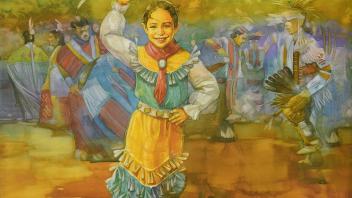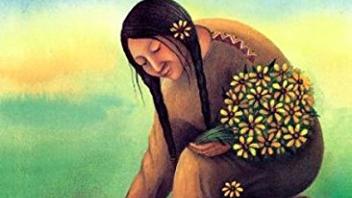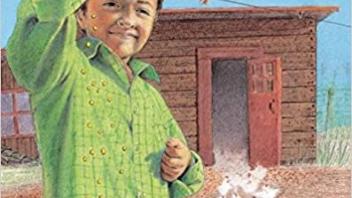We Are Still Here! Native American Truths Everyone Should Know came to me early on. One of the things that I was very angry about as a first-generation college graduate is why am I just now learning the larger experience of Native Nations in this country? Like I am paying for an education and I’m learning this, I did not have this in K-12.
Yes, I knew there were things that had happened to my tribe, the Cherokee Nation, but I was not aware of the fact that were many things that were systematic and were happening to many Native Nations simultaneously, like forced removal. One of the things we talk about in this country that people will associate with the Cherokee Tribe is the Trail of Tears.
Well, many – okay, hundreds — of Native Nations have been forcibly removed. So there’s not just one forced removal, there are many. And we do a disservice to our young people. This is all history we need to know. I wanted badly to write this book, and I thought, ‘How am I going to do this as a picture book and who is going to publish this?’
And of course, the hardest part for me was I have a background in law and policy — what am I going to do with the vocabulary?
I wanted one book that showed when we disappear from curriculum, which is generally after 1900 in all textbooks, what happened? We did not disappear, we are still here. You don’t see that. You don’t get to experience that, not in the classroom really or until very recently in mainstream media.
And I’m so grateful for Frané, because as much as I was struggling with the vocabulary to make it as accessible as possible for upper-elementary and beyond, I also wanted to make sure that the artwork came along. She was a perfect match in that because I feel like she took a very representative image in each of those topics, and there are 12 topics in the book that really helps you understand what I’m talking about.
But it was also critical to have the timeline in the back. So for those students, if it’s being used in classroom use, or even families to talk about, okay, so relocation is happening in the 50s and 60s, and a lot of Native people are being moved by the federal government off of their lands, so it’s another removal, right? It’s voluntary, but who they’re moving are impoverished people from reservations to become impoverished people in the cities.
The timeline in the back tells you all these other things that are going in that same timeframe, because again, what do we talk about in this country in terms of the 1950s? We’ll talk about the Civil Rights Movement, we’ll talk about the space race, we’ll talk about the Cold War, we don’t talk about that termination is happening and relocation is happening.
My hope is that classrooms will take information, that families will take information, and begin to understand that there’s more than you’ve been told, and for every community member that lives in this nation you should know this. This is not information that should be kept from you, and that’s really my hope for the book that it gives that information in understandable bite-sized chunks.



